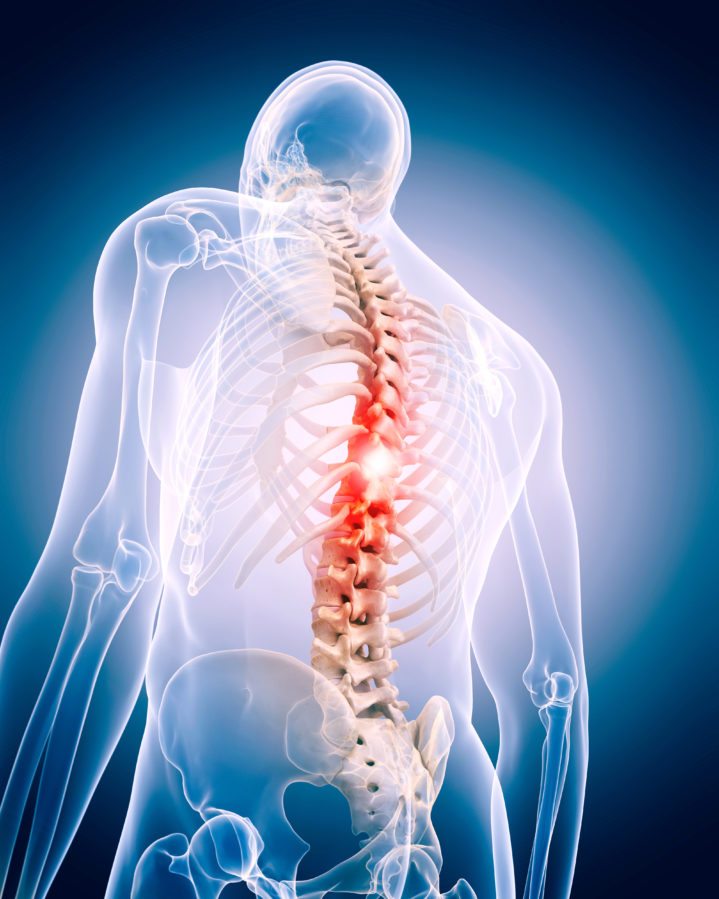Back pain can range from a small constant discomfort to a sudden sharp pain that makes movement difficult. On the contrary, cervicalgia is not such a frequent disorder, although it does produce considerable discomfort and pain. Chronic pain is less frequent than low back pain, and cervical pain. But this type of issue can be dissolve with help of Back And Spine Specialist
How does back pain affect you?
If you have back pain it may be difficult for you to perform certain activities, so you may have interrupted your daily life and reduced your quality of life. Movements such as climbing stairs, lifting heavy objects could be complicated, and you could feel tingling or numbness when moving or standing still.

Symptom of back pain
Among the symptoms of back pain is muscular discomfort, throbbing pain, pain that radiates down the leg limiting flexibility or range of back movements. It may feel like a kind of tingling or burning, mild discomfort or severe pain.
Depending on the cause of the pain in each person, you can also feel discomfort in the leg, hip or sole of the foot, as well as experiencing symptoms of weakness in the legs and feet.
Diagnosis of back pain
The diagnosis of pain corresponds to the Back and Spine Doctor. In cases in which the back pain lasts for more than 6 weeks or does not improve with rest, it is especially important to consult with your Back and Spine Doctors Near Me.
Initial treatments for strains of the back muscles
Typical first-line treatments include some combination of:
- Pain medications to stop the transmission of pain signals to the brain as prescribe by Back And Spine Specialist Near Me
- Anti-inflammatory medications to reduce local inflammation that is a cause of pain
- Muscle relaxants, which can be prescribed by Back Spine Doctor. This help for a short time to relieve low back pain associated with muscle spasms.
- Massages, which can help increase blood flow in the lower back, loosen the contracted muscles of the back and release endorphins, the body's natural painkillers.
- Gentle manual manipulation is an option to help loosen the tight muscles of the back and make it easier for the lower back to heal.
Back exercises as treatments for back pain
As a general rule, people who are active and in good physical condition are much less likely to suffer low back pain. Since regular exercise lengthens the muscles and is less likely to suffer from strains, tears or spasms.
Types of muscles that hold the spine:
- Extenders
- Flexors
- Obliques or rotators
While some of these muscles are used in daily life, most do not get enough exercise with daily activities and have to weaken with age unless they are exercised specifically.
A complete exercise program for the lower back is composed of a combination of:
- Elongation to relieve back pain
- Exercises to strengthen the back
- Low-impact aerobic exercise
Finally, a sustained stretching program of the hamstring muscles will help reduce and prevent contractures and injuries in the back muscles. The hamstring muscles run down the back of the thighs. The contractures in these muscles limit the movement of the pelvis that can stretch the lower back. Regular elongation of the hamstring muscles can gradually lengthen them and reduce the effort felt in the lower back.

